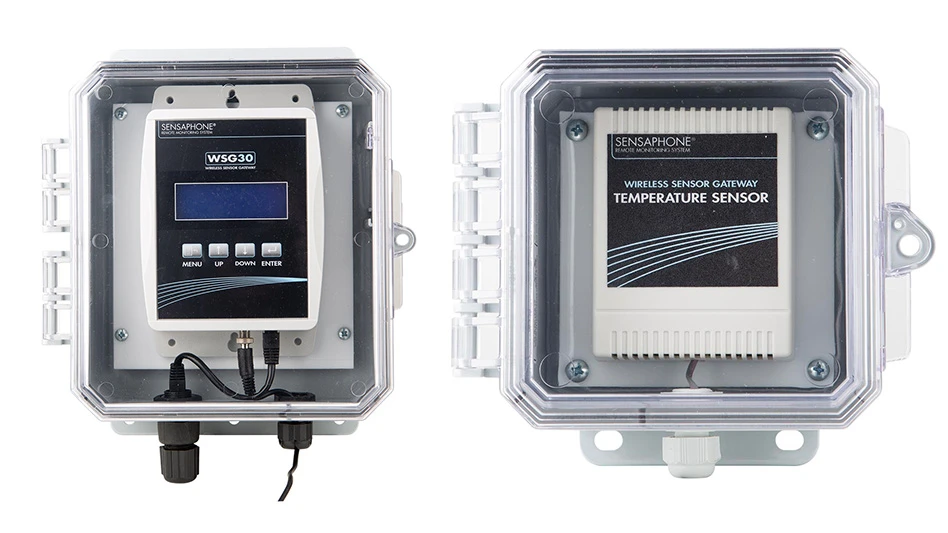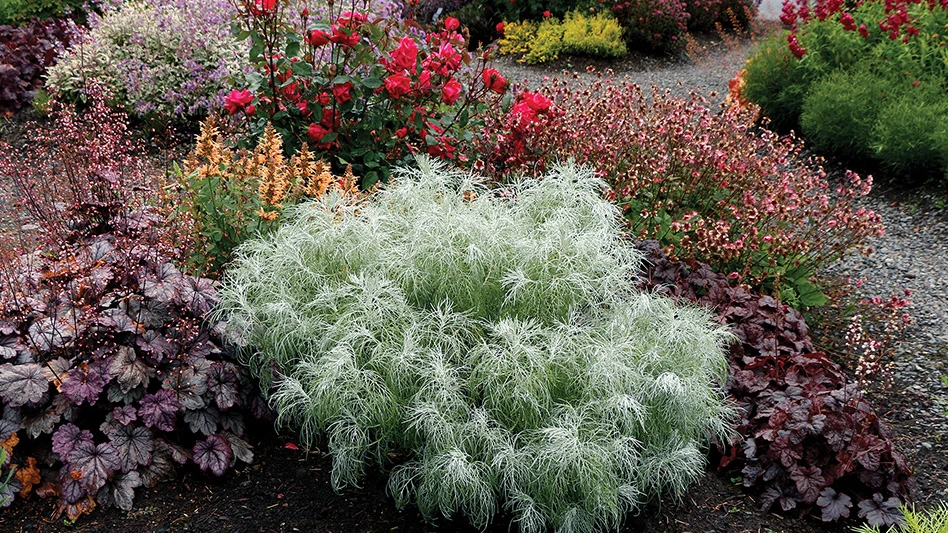
When people talk about Lean Flow in the ornamental plant industry, they mainly focus on process improvements to increase productivity. But have you ever thought about applying Lean Flow principles to the supply-chain side of your business? What could you do to improve the sell-thru of the products you supply to your retail customers?
Lean Flow is about process efficiency and supply-chain efficiency. Many companies have implemented Lean Flow and operate extremely efficient facilities. They have achieved high productivity in propagation, planting and shipping. What some of these companies have been unable to do is to provide the right product mix and quantities in the right stores.
 Just like other manufacturers of consumer goods, the ornamental plant industry has a supply chain. As the business world becomes smaller, many companies are buying materials from international suppliers. Products such as plugs, cuttings, seed, containers and growing media now come from many locations.
Just like other manufacturers of consumer goods, the ornamental plant industry has a supply chain. As the business world becomes smaller, many companies are buying materials from international suppliers. Products such as plugs, cuttings, seed, containers and growing media now come from many locations.
The challenge the plant industry faces is the finished product cannot be put on a shelf and left to sit for months with the hope that it will sell. Having the right product in the right place is what supply-chain optimization is all about. Many growers and retailers are seeking to increase sell-thru to their retail customers. This applies to growers who sell to the big-box stores as well to independent garden centers. The goal is to replenish what consumers are buying.
Replenishment based on consumption
For those of you old enough to remember, people used to have milk delivered to their homes by a milk man. Home-
owners would place an empty milk bottle on their front step, and the milk man would pick up the empty bottles and replace them with full ones. This is an example of replenishment based on consumption.
This simple concept is a very powerful technique that is still being used in supply chains worldwide. The replenishment part is easy. The difficult question is how many of a specific product will be consumed before a supplier needs to return? Growers address the same question--how many plants should be put into each store?
Ten years ago when FlowVision was founded, the company sought to help its customers improve delivery performance while reducing inventory. The result was a kanban (Japanese word for signal) technique that was statistically-based (also called a Statistical Kanban). This technique has been implemented in supply chains across the world in both high- and low-tech companies. Plants, like other consumer goods, are part of a supply chain. In some cases, they are in a more complex supply chain because of perishability issues.
The right inventory
Some growers have been successful at supplying the big-box stores while others can’t seem to make it work. It can be difficult since a grower supplies a small portion of a big-box store’s total sales. Big-box stores run their business from a different perspective than a family-run growing operation.
Family-owned Tagawa Greenhouse in Brighton, Colo., which has been succesfully supplying plants to Home Depot stores in the Denver area, has been able to adapt to the corporate culture.
The amount of inventory that a grower puts in stores is in some cases based on intuition or past experience. FlowVision uses past experiences, along with some statistical analysis to determine what products to put in a store.
Calculating inventory
There are three ways to calculate inventory at the store level.
1. Historical consumption
Two basic elements are needed to determine the right amount of inventory for each store:
- Average sales quantity over a predetermined time frame, which can change by season.
- Variation in sales quantity over the time frame, which determines the additional inventory required to cover random variation.
The first element calculates how much product is sold, on average, from the time plants are delivered until the next delivery. The quantity sold varies depending on the day of the week that the initial delivery is made. Deliveries made on Monday may be smaller than those made on Thursday. Depending on your data, you may elect to use the last several weeks of sales, same-week sales or a combination of both.
The second element to calculate is the standard deviation, which is a statistical quantification of variation based on sales volume variation at the stores. On some days demand for hanging baskets is high. On other days there is a greater demand for 1-gallon containers. The key is to analyze the sales history by item. This data is available through pay-by-scan, Retail Link, Real Time Replenishment or whatever data growers receive from their customers or data the growers have collected.
Another key factor is determining the target service level that growers want to offer their customers. This is similar to sell-thru. The obvious choice is to offer a 100 percent service level. Unfortunately, this would unreasonably increase the amount of inventory placed in each store and would increase the risk of dumping unsold product. The service level and calculated sales-quantity variation determine the additional inventory a grower will need to put in a store. This additional inventory is added to the average sales quantity over the lead time. These two elements make up the reorder point (ROP) or kanban quantity.
2. Availability
Weekly availability is a known number that drives many growers’ decisions. The key is to determine how much of the availability should be put in the stores. Growers have the prior week’s sales data, so they know what sold and what did not sell at each store. Based on this information, inventory levels can be calculated by variety and variety sales by stores. To determine what was sold and what is available, simply take the sales percentage and multiply it by the availability.
3. Store target
There are cases where growers know what they want to put in the stores based on a dollar target. Although this may not be the optimal way of calculating the store inventory level, growers can still calculate the reorder point. Again the sales data and the breakdown of varieties and stores are known.
Each of the sizing options is based on a reorder point. The reorder point is based on historical sales and may need to be adjusted for weather.
Store replenishment
Every store has its own reorder point based on its sales. The amount of material to be replenished is based on a minimum order quantity. The minimum order quantity can be a rack, cart, half a rack, etc. The only time a grower needs to replenish a store is when the inventory plus previous replenishment still in transit has gone below the reorder point. By using this simple, powerful technique, a grower puts more plants in stores that are selling and fewer ones that aren’t selling.
Increased sell-thru and more
Statistical Kanban and reorder point logic are based on mathematics, so they can be formalized using software or spreadsheets. The quickest approach is to do the calculations on a spreadsheet. Statistical Kanban calculates the three different options a grower wants to use, then the grower decides which option best fits the situation. Growers using this approach have been able to increase their sell-thru percentage into the high 90s and to reduce their shrink to 5 percent, while reducing their in-store inventory by 50 percent.
Gary Cortés is a founding partner of FlowVision LLC, (561) 301-8740; cortes@flowvision.com; www.flowvision.com.

Explore the November 2009 Issue
Check out more from this issue and find your next story to read.
Latest from Greenhouse Management
- Meet the All-America Selections AAS winners for 2025
- AmericanHort accepting applications for HortScholars program at Cultivate'25
- BioWorks hires Curt Granger as business development manager for specialty agriculture
- 2025 Farwest Show booth applications now open
- Bug budget boom
- Don’t overlook the label
- Hurricane Helene: Florida agricultural production losses top $40M, UF economists estimate
- No shelter!





